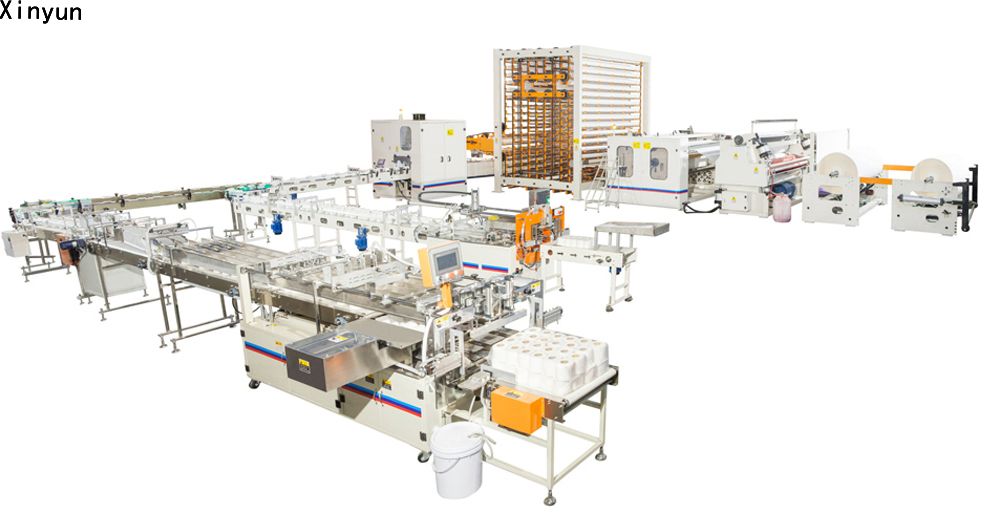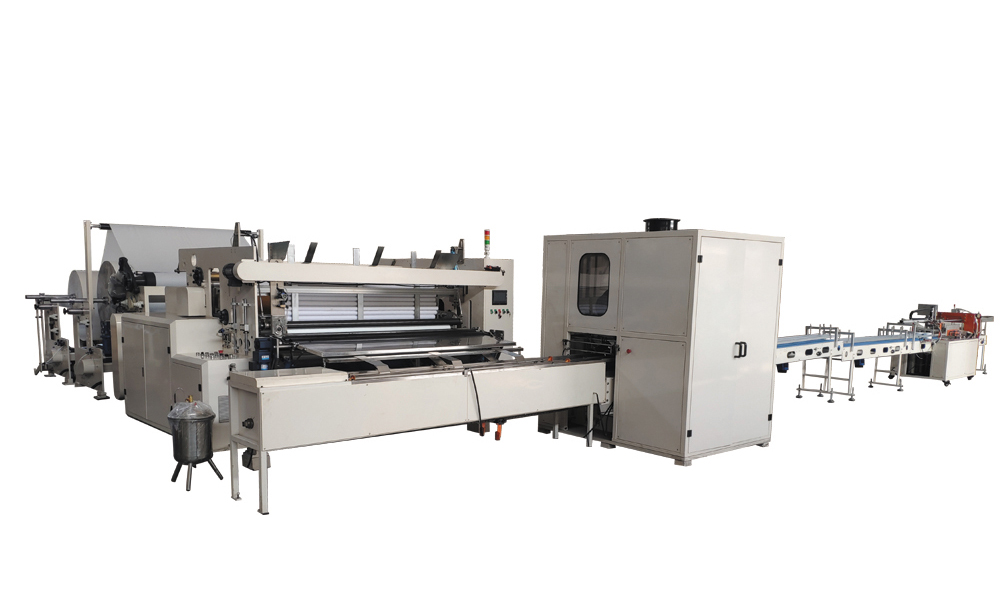Copyright © 2020 Fujian Xinyun Machinery Development Co.,Ltd. All rights reserved. Site Map Powered by iwonder.cn
Paper is one of the most ubiquitous materials in our daily lives, used in everything from writing and printing to packaging and hygiene products. But have you ever wondered how paper is actually made? The process of paper manufacturing is a detailed and resource-intensive journey that involves various stages, from raw material preparation to the final product.
Let’s dive into the process of how paper is made and explore how each stage contributes to producing the paper we use every day.
The paper manufacturing process involves several stages: raw material preparation, pulping, refining, forming, pressing, drying, and finishing. Each step is essential to ensure the paper’s quality, strength, and desired properties, such as smoothness, brightness, and printability. Paper can be made from wood fibers, recycled paper, or a mix of both.
The first step in paper production begins with the raw materials. The most common raw materials are wood fibers, recycled paper, and sometimes plant-based fibers like cotton. These materials are transformed into pulp, which is the fundamental building block of paper.
Wood fibers are typically harvested from trees, where the bark is removed, and the wood is processed into chips. These chips are then turned into pulp using chemical or mechanical methods.
Recycled fibers are another key material, involving the collection and processing of used paper. The recycled paper is broken down and reprocessed to create new paper products, making the paper manufacturing process more sustainable.
Pulping is the process where raw materials, such as wood chips or recycled paper, are converted into a fiber-rich slurry. This slurry is essential for paper production.
There are two main types of pulping:
Mechanical pulping – Involves grinding the raw material to separate the fibers. While it is faster and cheaper, it produces lower-quality pulp.
Chemical pulping – Uses chemicals (such as sodium hydroxide or sulfur) to break down lignin and separate the fibers. This process yields stronger and higher-quality pulp, which is commonly used for premium paper products.
Kraft pulping is the most popular chemical method, where wood chips are treated with a solution of sodium hydroxide and sodium sulfide, producing strong pulp suitable for a variety of paper types.

After pulping, the fibers are refined to further improve their characteristics. The refining process involves passing the pulp through machines called refiners, which mechanically break up the fibers to enhance their properties like strength, smoothness, and flexibility.
Refining allows manufacturers to adjust the paper’s physical properties, ensuring that the final product meets specific requirements. For example, some paper products need to be thicker, while others require high smoothness for printing.
Once the pulp has been refined, the next step is forming, where the pulp slurry is spread out onto a moving screen. As the slurry moves along, water is drained, and the fibers bond together to form a wet sheet of paper. This process is crucial for determining the paper’s strength and thickness.
In larger paper mills, the forming process is automated with advanced technology that ensures consistency and uniformity in the paper sheet.
Pressing follows the forming stage and helps further consolidate the paper fibers. This process involves passing the wet paper sheet through a series of rollers, which press out additional water and flatten the paper, increasing its density and strength.
Pressing also ensures that the paper has the correct thickness and texture, which is important for applications like printing, packaging, and even hygiene products.
After pressing, the paper enters the drying phase, where the remaining water is removed, and the paper reaches its final moisture content. The drying process typically involves a series of heated cylinders that gradually reduce the paper's moisture content without damaging its structure.
The drying process is critical because it affects the paper’s strength, smoothness, and overall quality. Too much heat or too little can result in defects like wrinkles or weak paper.
Bleaching is an optional but common process used to increase the brightness of the paper. In this step, chemicals like chlorine dioxide or hydrogen peroxide are used to remove any remaining impurities and lignin that could cause yellowing over time.
While bleaching can improve paper’s aesthetic qualities, manufacturers today are increasingly adopting environmentally friendly bleaching methods to minimize harmful chemical use and byproducts.
Calendering is the final step in paper production that further enhances the paper's smoothness and surface finish. The paper passes through heated rollers under high pressure, which improves the paper’s gloss, smoothness, and texture.
This step is particularly important for high-quality papers used in printing and packaging, where a smooth, glossy finish is desired. It can also be used to add texture to specialty papers, such as those used for magazines or gift wrapping.

The paper manufacturing process has significant environmental impacts. These include water and energy consumption, chemical waste, and paper sludge. However, the industry is increasingly focusing on sustainability by reducing its environmental footprint.
Key strategies include:
Using recycled fibers to reduce the need for virgin materials.
Implementing energy-efficient technologies to lower power usage.
Adopting closed-loop water systems to minimize water waste.
Manufacturers are moving toward more sustainable practices to reduce the environmental impact of paper production. The shift towards using more recycled paper and biodegradable additives is part of this effort. Furthermore, reducing water and energy consumption and exploring alternative raw materials are essential for creating eco-friendly paper products.
The paper manufacturing process is an intricate, multi-step procedure that transforms raw materials like wood and recycled paper into usable products. By understanding each stage, from pulping to drying, manufacturers can optimize their processes to produce high-quality paper with minimal environmental impact.
Looking to improve your paper production process? Contact Xinyun Machinery today for sustainable, efficient, and high-quality machinery that can help you optimize your paper manufacturing operations!
By continuing to use the site you agree to our privacy policy.